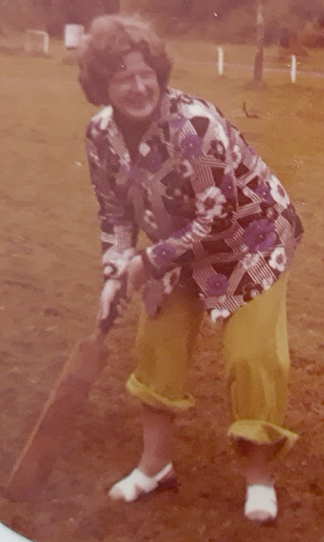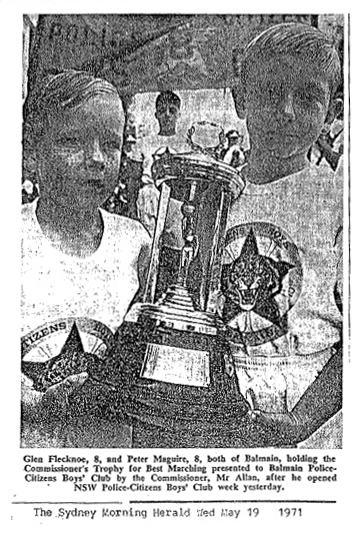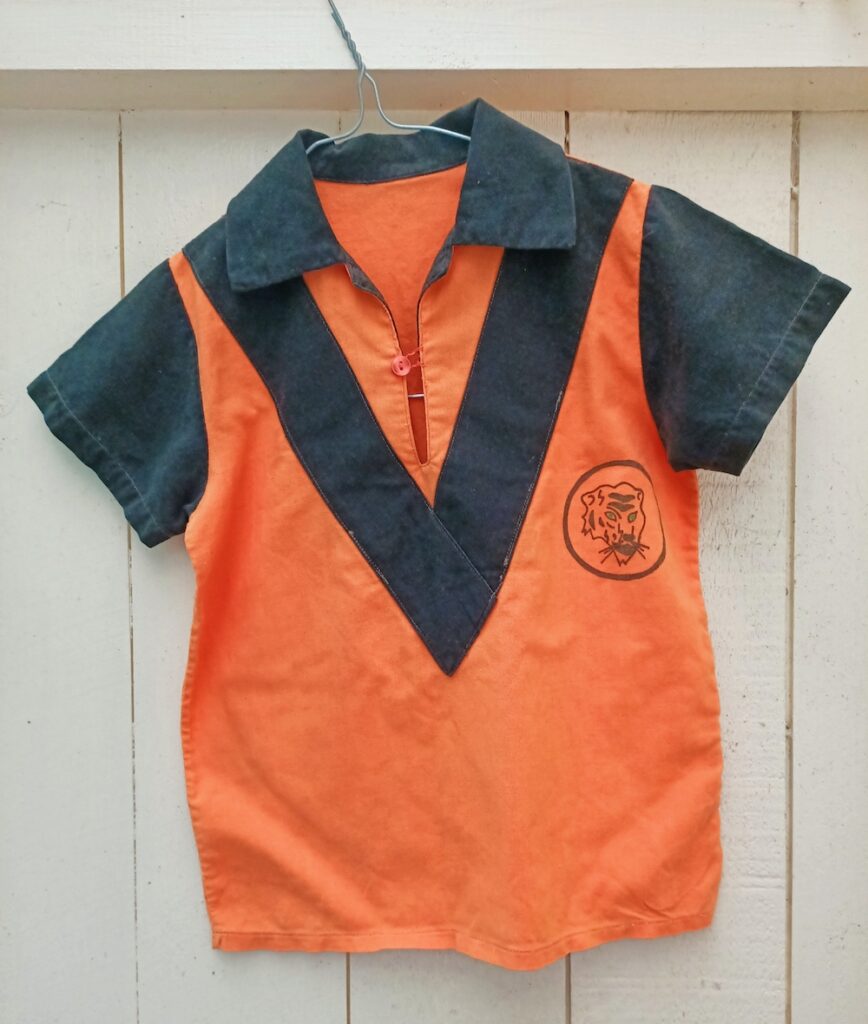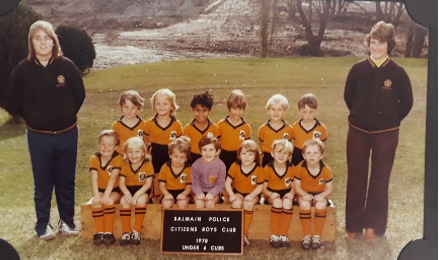Fun Facts
Recognise these names?
There’s a few names you might recognise on the club’s player lists. Foremost of these is football legend Tim Cahill – the all-time leading goalscorer for the Australia national team. Tim played for our club in 1986 in the U8s team (nicknamed ‘Rovers’) with his brother Sean, coached by John Higgins. That’s him, highlighted in orange in the picture featured here.
Still playing in the O45s is Ernie Campbell – and we couldn’t be prouder. Ernie was a member of the 1974 World Cup squad, the first Australian team ever to compete in a World Cup, and represented Australia 24 times. Watch our video of him filmed back in 2018.
The Caravan
“The first true canteen that the club had was affectionately known as the caravan. It was built by my uncle, Donald Westrup, out of an old box trailer. A wooden floor was laid down then a frame built on top with sheets of galvanised steel forming the sides and roof. The door was wooden and on the side was a push-out flap that would open up and brace into place with two steel uprights. Inside along the side with the flap was a counter.
Everyone who worked in the caravan seemed to have a great time but, being a trailer, the canteen did have some stability issues. When the ladies (note back in those days it was usually mums) moved to one end at the same time the caravan would tilt and everyone would have to spread out to balance it out again.
Nothing was ever stored in the canteen. Dad had a bright yellow Holden Kingswood that we would load up on a Friday night and then unload into the canteen every Saturday morning, then reload to take home in the afternoon.
There was no electricity or flowing water. Water came from a water barrel that we would have to carry to and from a distant tap.
The only hot food and water came from a port-a-gas stove that would cook hot dogs and boil the kettle to fill the push pump thermos that would provide tea and coffee (instant of course).
The only drinks available were soft drinks (water was never bottled back then): Coke, Fanta, Leeds Lemonade, Tab Cola and Tresca were the original the original drinks, later adding Mello Yellow and replacing Tab with Diet Coke. They were stored in drums of ice kept under the counter. The ice was made at home using ice cream containers filled with tap water.
Apart from the hot dogs, packets of potato chips and a great lollie selection were what was offered. Big coffee jars with spearmint leaves, milk bottles, bananas, hard jubes, raspberries, frogs (red and green) chocolate buddies, freckles and caramel swirls were 1c each. Musk sticks and fruit sticks were in boxes and were 2c each. It was great to go up with 20c and select them one at a time to fill your bag.
One of the big money spinners was the cake board. Mothers would cook cakes (my mum and Aunty June were regular contributors) and donate them to the club. We would then sell tickets – I think there were 25 numbers for 20c each. What started with one or two cakes each week sometimes would go to five or six, with supporters from other clubs searching for tickets when they would visit our canteen.
Near the canteen was a 10-gallon drum punched full of holes with the top cut off. This was where the rubbish would go. Us kids left would collect chip packets and long sticks because at the end of the day, dad would light it up to get rid of the rubbish. Chip packets would then go on the end of the stick to be placed over the fire and shrunk down to miniature size. I had a great collection.
Eventually the caravan would reach the end of its useful life and we would move into a building with electricity and running water. I don’t have a photo of the caravan but it will remain a huge part of what made this club what it is today.”
– Graeme Westrup
Do you have a picture of the Caravan? Send it to history@balmainfootball.com.au
The Balmain Marching Squad
The City Club march was an annual competition event, held the day after the Soccer Carnival as part of Boys’ Club Week. Boys in clubs from all over NSW would march down the streets of Sydney in a fabulous parade beginning in Hyde Park, with proud parents cheering from the sidelines. A Commissioner’s Trophy was awarded to the best marching squad.
In 1971, a marching squad was created for the Balmain Youth Club under the supervision of George Ledain, who hailed from the soccer section. Sixty boys were needed for the squad to be eligible to participate, and while the original 15 registered gradually grew, a few boys had to be added last minute. A great deal of effort went into preparation – ”combing and spraying hair, seeing the boys were clean and presentable”.
As was reported in the Tiger Rag, a paper circulated by the soccer section to players, “led by our own Club Band, the squad marched to perfection, and could not be faulted and again our band of ladies were on the footpath to cheer the boys on. Finishing in Martin Place, Balmain were declared the winners, all our leader George could say is ‘you beauty’. George and (2) two of the banner bearers were taken up on stage and presented with the Commissioner’s Trophy. We wanted this so badly … On arriving back at the club, we were guests of the Ladies Auxiliary, who turned the food on for all, and rightly they deserved it, it was a matter of fattening up the bird who layed [sic] the ‘golden egg’.”
In their years participating, and under marching leader and BPCBC Secretary-Supervisor Greg Nicol, they were five-time winners and five-time runners up – an achievement no other club could match. “A blaze of glory, the Tigers out-drilled and out-marched them all,” wrote Wourlie proudly. “It was our pride and joy.”
Hand-made shirts
The first shirts of the Balmain football club or “soccer section” were hand-sewn by the Ladies Auxiliary. Not only were the shirts hand-made, the shirt badges were sewn on individually, as were the gold stripes on the shorts. The design itself was Graeme Westrup’s idea, one of the club’s early coaches, inspired by the uniform of the NRL Balmain Tigers, which incorporated the black V on gold. Says Graeme’s son, Craig Westrup:







